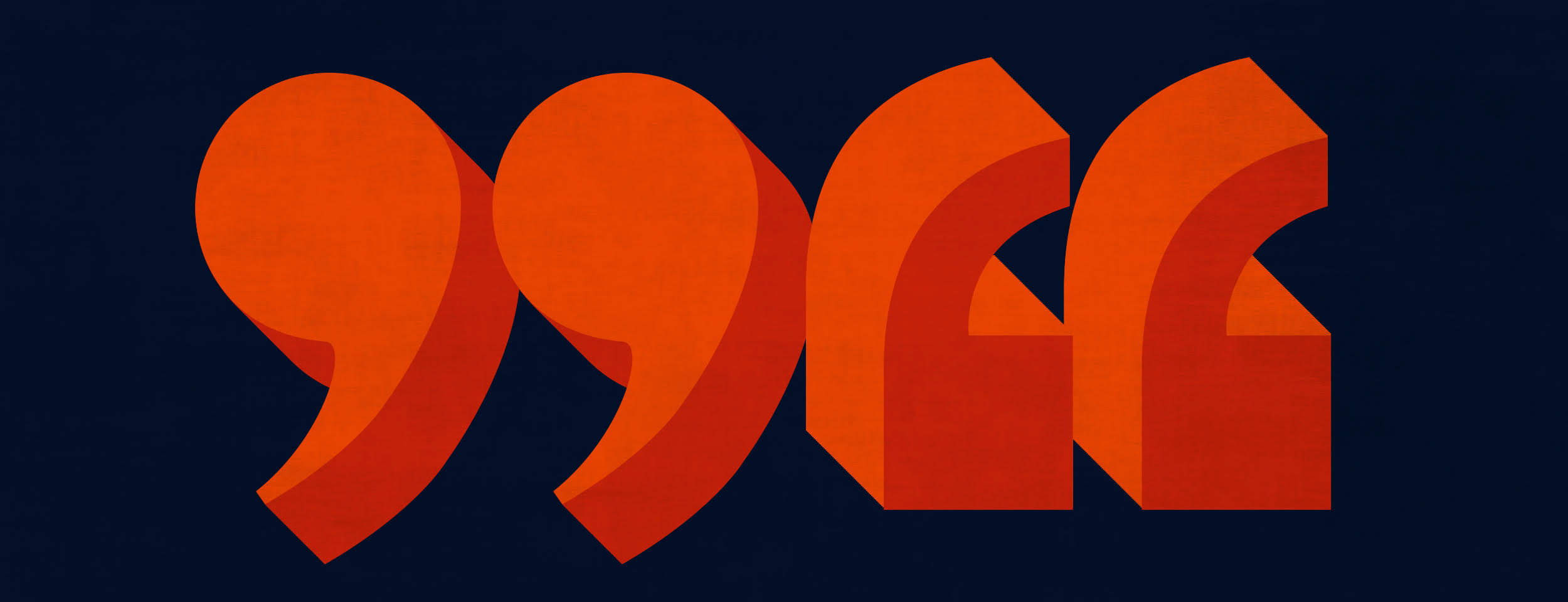In 1968, President Lyndon B. Johnson’s National Advisory Commission on Civil Disorders—better known as the Kerner Commission—released a report that, among other things, criticized the media’s coverage of race and politics, and chastised the industry for failing to match the racial diversity of the nation it served. Decades later, the ranks of the American press continue to under-represent the racial, gender, class, and other forms of diversity found in its coverage areas. But there’s another way journalists are failing at diversity—in the sources and experts it calls upon to help the public understand and digest the news of the day.
To address this issue, CJR has compiled the beginnings of a public database of women, nonbinary, and people of color who are experts on the media. The list includes names and areas of expertise; email us at aneason@cjr.org if you need assistance finding contact information for any of the sources. We invite you to help us expand the list by submitting additional names and contact information for sources.
This is not a new problem, and journalists aren’t unaware of it. Over the past several years, a number of high-profile journalists have done the necessary work of criticizing their own coverage: In 2013, Adrienne LaFrance analyzed a full year of her own work for gender bias (and did so again, in 2016). The Atlantic’s Ed Yong, a science reporter, spent two years trying to correct gender bias in his stories. Earlier this month, The New York Times’s David Leonhardt found that he, too, was overreliant on men as expert sources. These first-person examinations are admirable and necessary, if not a bit frustrating in how they tend to spark plenty of discussion about imbalances in our community as opposed to more widespread attempts at fixing them. But that most of us aren’t spending time poring over our work on a regular basis is striking, given how well-versed in the existence of the problem we purport to be.
But there is good news. As awareness of this problem continues to grow, reporters are beginning to make adjustments. In early May, Washington Post Tokyo Bureau Chief Anna Fifield wrote a story about the potential impact of President Donald Trump’s withdrawal from the Obama-era Iran Deal on upcoming talks with North Korea. Fifield says she didn’t set out to quote only women—just some women. But many of the national security experts she reached out to who were women replied to her queries quickly. The result was a story that inadvertently relied exclusively on female experts.
“A common excuse I hear from journalists and conference planners is that they can’t find women, and that women are never available. Often, I hear in Korea that the women aren’t qualified enough, and I felt this was an example of why those are just excuses,” she says. “I had no trouble finding women; all of them were immediately available and they made excellent points. And these are not token women. All of them have great qualifications, prestigious positions at important institutions and real-world experience in dealing with North Korea or Iran.”
“These people who say they can’t find qualified, available women just aren’t trying hard enough,” Fifield adds, noting that she also takes care to strive for a balance of age diversity; sources who are Korean, as well as from other countries; and even Koreans who speak English along with those who don’t.
Fifield isn’t alone in tackling this issue. The New York Times’s Max Fisher and Amanda Taub wrote a column about why they quoted only women in a recent story examining the lasting impact of the war in Afghanistan, and about the limitations of such efforts.
There have been other attempts to help journalists address this problem. Several databases that compile contact information for women and other marginalized experts have been put together by institutions such as the Women’s Media Center SheSource list, the Brookings Institution’s Women in Tech Source list, NPR’s Source of the Week, and this list of women and nonbinary people of color working in sports media. (And if you’re looking for diverse journalists and writers to talk to these sources, check out Writers of Color.)
Fifield maintains a public list of experts on both North and South Korea, as well as Japan. The list contains about 160 contacts, and she readily shares it with journalists and conference organizers.
Our hope is that over time, you’ll help us grow CJR’s list and, in turn, write more stories that better reflect the many types of diversity represented in the general public.


